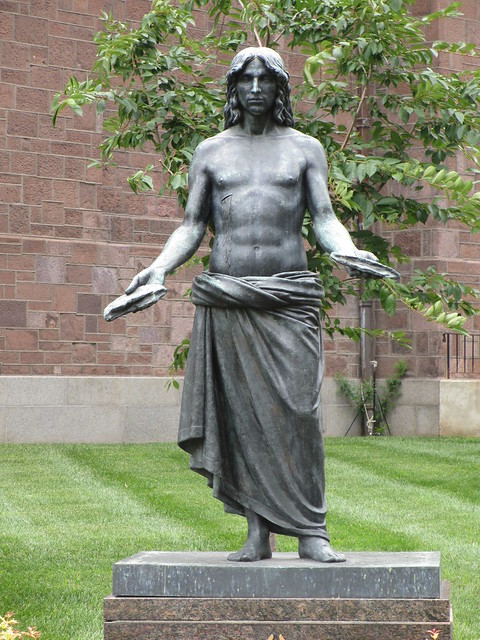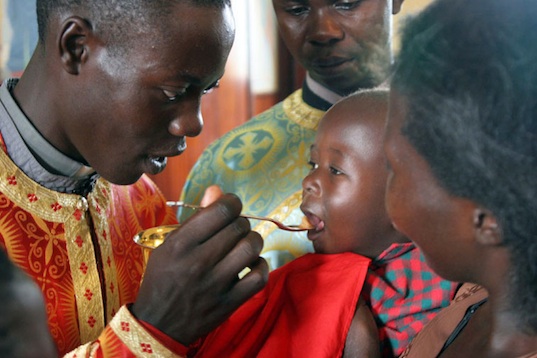During the COVID-19 pandemic gathering in churches for worship was discouraged. Congregations provided worship via Zoom or by live streaming. A big question was how to receive communion when the congregation couldn’t gather. Some recommended that worshipers provide their own bread and juice or wine and follow the service online and consume their elements after the words of institution. That practice is continuing even as congregations are once again able to gather in-person. Some began the practice of mailing consecrated wafers and juice in packets to worshipers at home. That practice is also continuing. What do you think of these means of sharing communion?
Frank answers: The digital age is here is to stay. Catholic resources already provide Mass on the web (live-streamed Masses on the Pope App), Missal apps, Eucharistic adoration online, and even online Communion. The practice you reference would be a variant of online communion.
The basic problem with these practices is that sacramentality is a physical, not a virtual, reality. To be sure, the physical elements that worshipers provided for themselves at home or in the communion packets will be consumed by physical bodies. But sacramentality also includes the interpersonal body of the community of faith that celebrates the sacraments. The Lord’s Supper is a community meal. It is celebrated principally in a churchly context. The body of Christ is the church as well as the sacrament and the two are interconnected. Those who provide their own elements at home are having “their own supper,” not “the Lord’s Supper: at St. Paul wrote to the Corinthians (11:20–21).
The church has provided a pastoral answer to the question of how sacramental reality can be mediated to scattered people. As early as the Apology of Justin Martyr (ca. 150) the writer informs his readers that the consecrated elements are sent to the absent by the deacons. There should be interpersonal contact by the gathered congregation to its scattered members.

So the pastor or appointed communion ministers take the consecrated elements to the homebound, the hospitalized, maybe to those in jail (as in the early church). I read that the mailed communion packets was a way for the congregation to maintain contact with members who have moved away. Members of congregations who move away should be encouraged to transfer to congregations in areas where they live. Just as psychotherapists try to find therapists for clients who move away, pastors should help members who can no longer attend worship in-person because of distance find a congregation that will receive and support them. The virtual reality of the digital age cannot replace the flesh-and-blood reality of the Christian community in which the sacrament of the body and blood of Christ is celebrated and received.
Presence is relational. Yes, we are to recognize Jesus himself in the Eucharist, but we are also to “recognize the Body” (1 Corinthians 11:29) of those present as the Body of Christ (as St. Paul goes on to describe at great length in 1 Corinthians 12). There is no true Eucharist without a living assembly because we are being saved together and as one. It is good for the scattered members of the body to be embraced by the gathered body; it is better to be present in the gathered body. Zoom may continue to be a blessing to members who can no longer attend church in person. But the pastor, deacon, or designated lay communion ministers should extended the elements from the congregation’s communion to these members.
Pastor Frank




